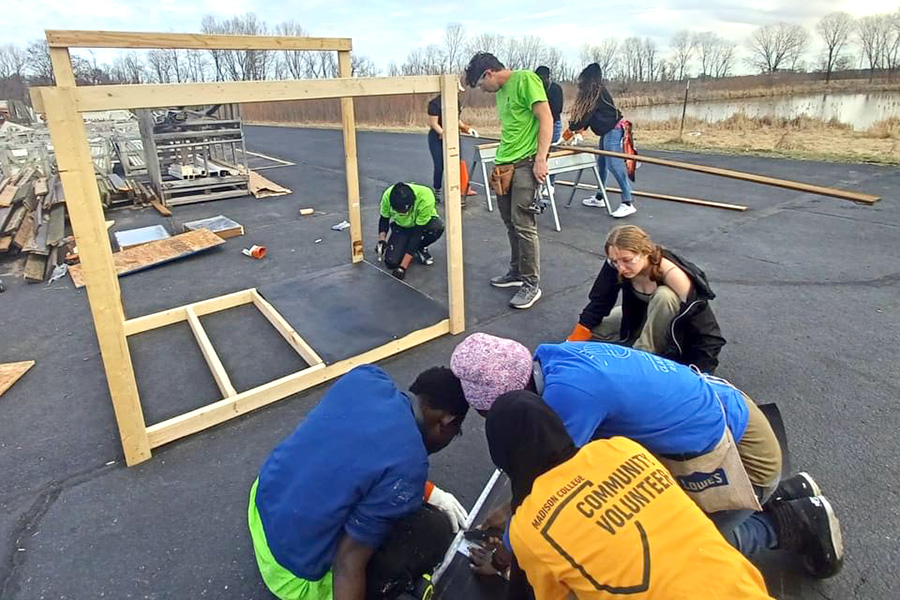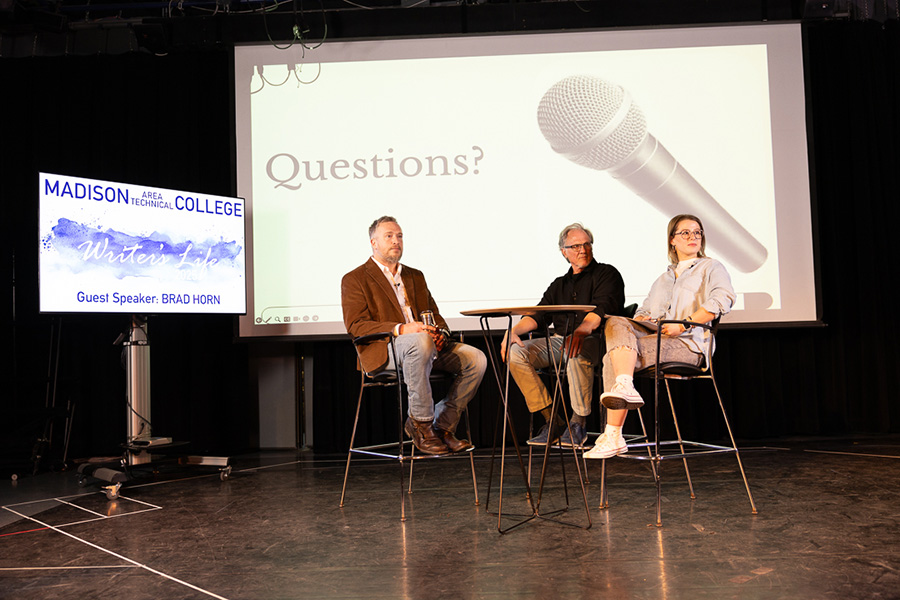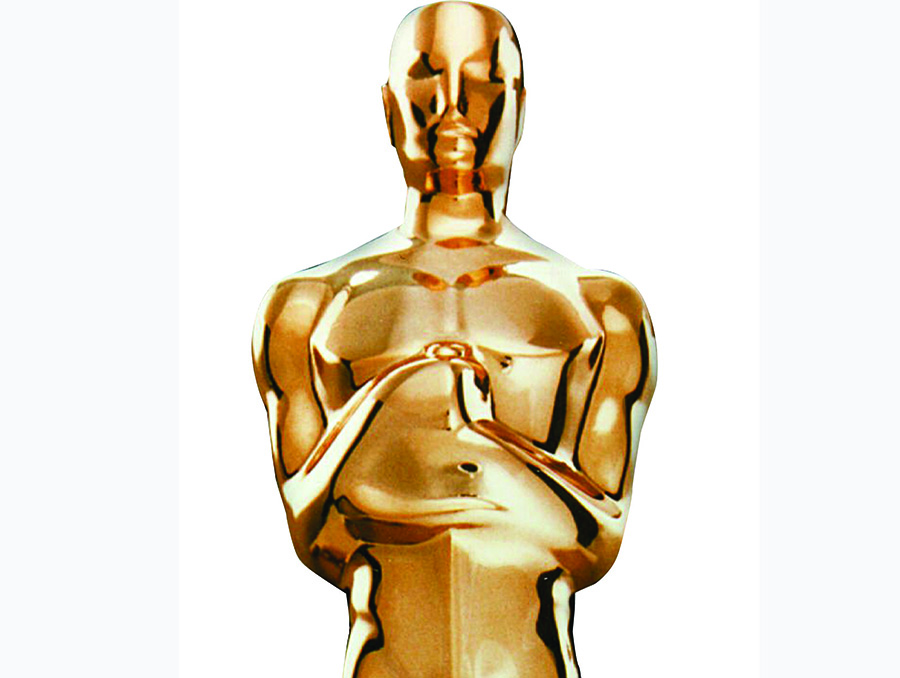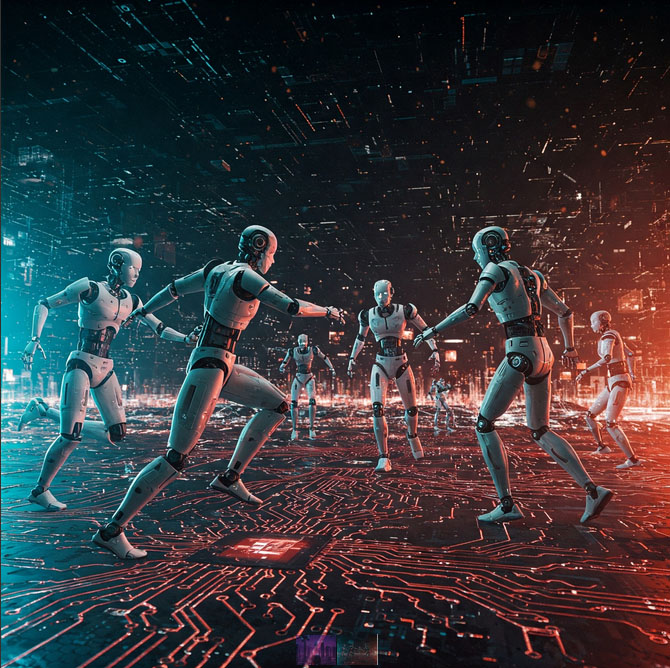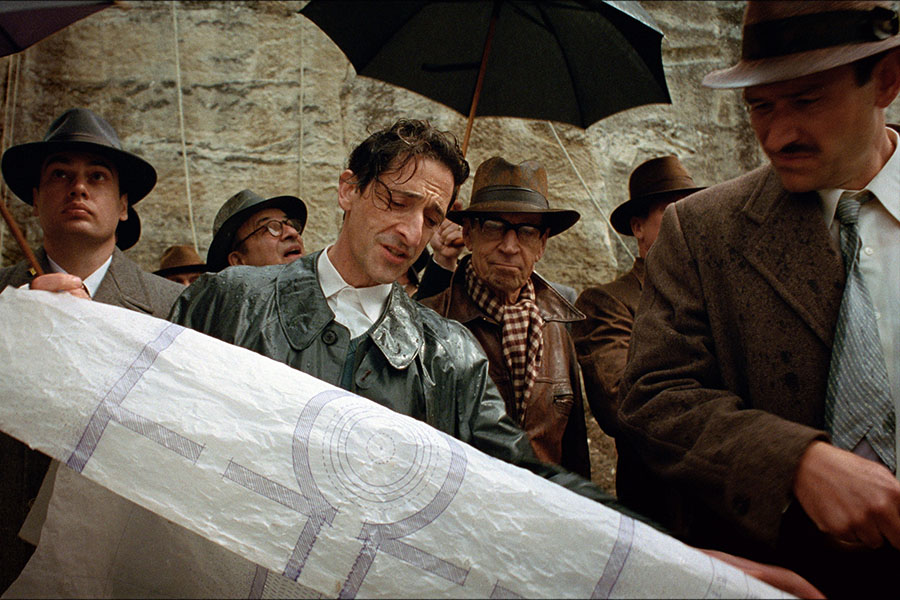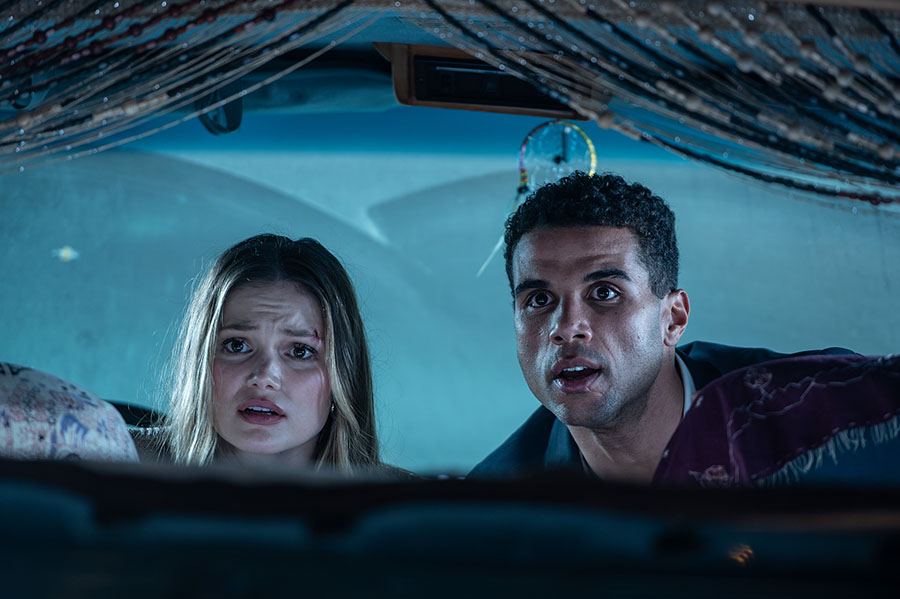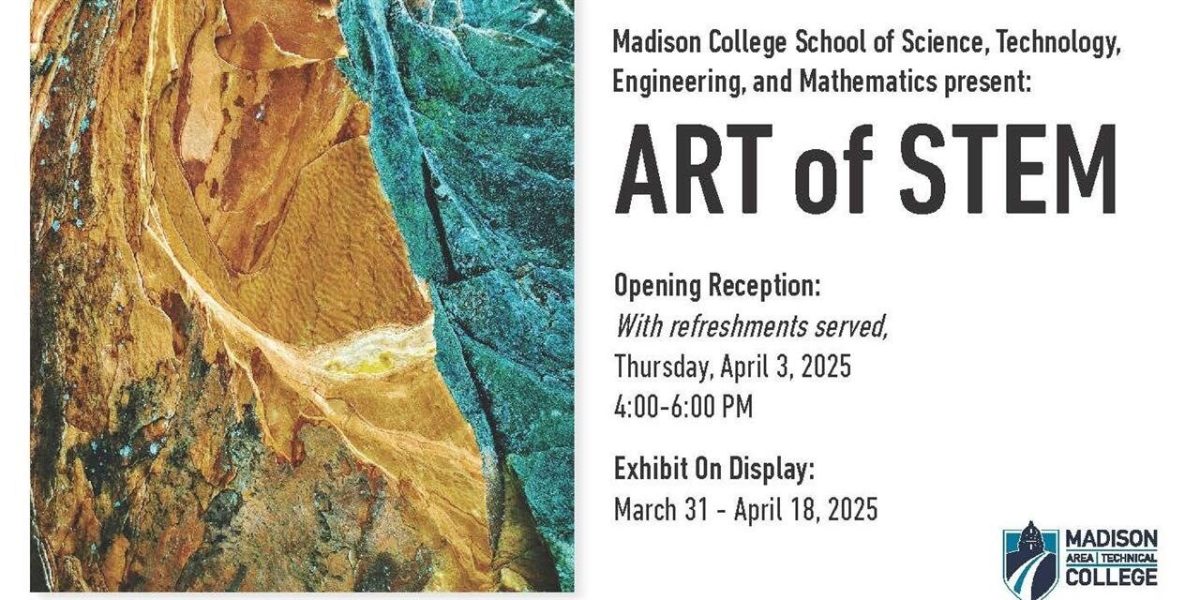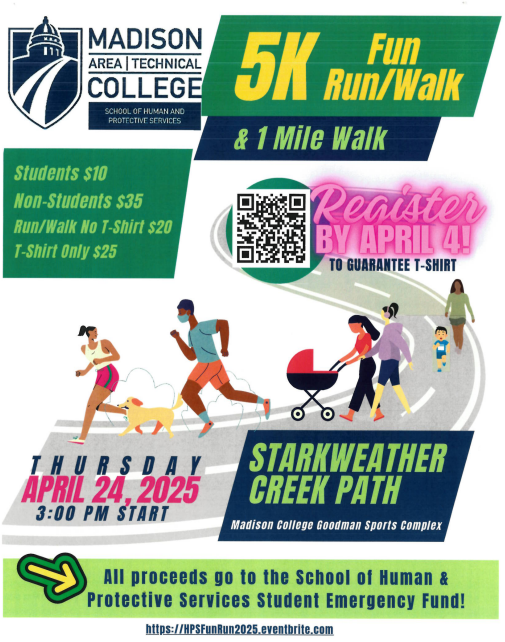A spoiler-free review of ‘1917’ – movie lives up to the hype
February 5, 2020
“Seeing “1917” in the theater will redefine what you think is possible at the movies.”
When I first heard that, I rushed to buy a ticket. Little did I know what a transformative experience my night out at Point Cinema would be. Even my guarded optimism couldn’t prepare me for what I would see that night. I can say without hyperbole that I will never approach movies in the same way again.
A guy brought a beer into the theater. Now, this place was no trendy movies and microbrews establishment. It was a regular Marcus, and not even one of their “Big Screen Bistros,” where you can order food. The beer wasn’t even contraband, smuggled in from outside. Some guy in his early 50’s—someone’s dentist, probably—got an enormous beer from the Take 5 Lounge, walked it into the 7:30 screening of “1917,” and sat down right next to me.
For the entire film, I could smell the fermented wheat and hops, wafting up from a plastic cup the size of a child’s thigh. It was strangely comforting. No matter what happened on screen, that smell kept me grounded. I watched a guy wade through corpses, but I didn’t puke; my nose knew where I really was. I love Wisconsin.
With the most important thing out of the way, let’s get to the real review. I actually do like this film. I think it lives up to the hype. If you hear about “1917” in passing, it will always be about how the whole movie looks like one uncut shot. It certainly does, and that’s impressive.
The cinematographer and crew were able to work around lighting, pyrotechnics, and sometimes dozens of people on screen at once, all the while keeping the camera as a single point of view. I can’t wait to get insights into how this was achieved. Never have I been so excited about the release of a DVD commentary.
At a certain point, your brain gets tired of looking for hidden cuts. Here’s the secret: anytime a large item passes across the full screen, that’s a cut. After about twelve cuts, your brain fatigues, and you can’t look for them anymore. At this point, the gimmick is no longer distracting. Instead, it forces you to pay attention to the acting, which happens to be excellent.
Hollywood needs less famous actors. Tom Cruise and Leonardo DiCaprio are capable of enthralling performances, but their perfectly sculpted faces never quite disappear into a role. It’s hard to make this sound like a compliment, but the leads of “1917” don’t have this problem. I’m in no position to say that Dean-Charles Chapman and George MacKay aren’t movie-star handsome, but their faces are interesting; they look like real people. And just as the seamless camera work pulls you into their world, the relatively unknown actors serve to immerse you further in their journey. I wish every movie gave me the sense of discovering new talent on screen like this.
More than anything, “1917” is a movie perfectly in control of its pacing. Despite being a tightly choreographed dance between camera and actors, the movie has time for crude jokes. Soldiers pause to listen to a song. A guy recites a whole nursery rhyme to a baby. The movie gives the characters, and by extension the audience, just enough time to breathe while exploring a gamut of emotion along the way. “1917” is a masterpiece not because of the visual spectacle it creates, but because these little moments help that spectacle seem real.


